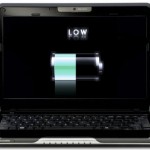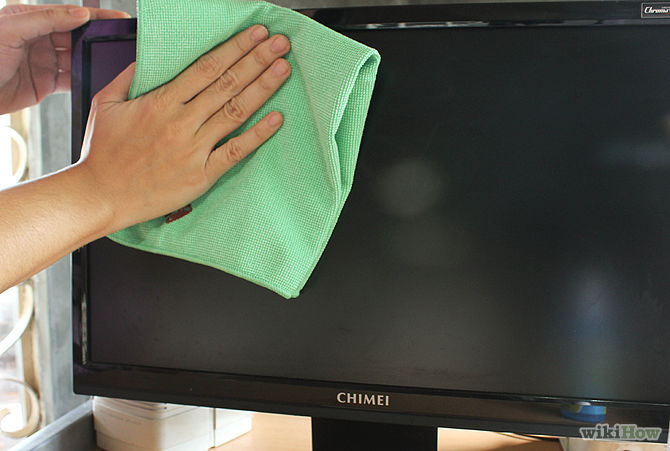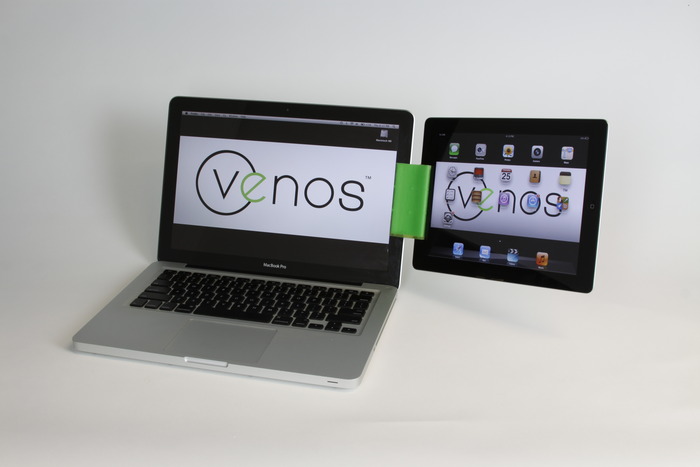When considering buying a laptop, battery life is always a primary issue. As opposed to desktop computers which is typically used at home, work, or in any other place where the computer occupies a permanent place and a ready outlet is available, a laptop is more associated with mobility. Owners of laptops will not always be assured of power availability especially in physical environments where electrical supply is limited or confined to specific areas only. This is why the issue of battery life is critical.
The life of a laptop’s battery will determine if a person can complete certain tasks that have to be performed in situations where supply of power solely rests on the battery. Highly-portable devices such as the Asus laptops offer between 12 to 15 hours of battery life. However, the actual life of the battery will largely depend on how efficient the user is in maximizing it.
Without the possibility of recharging anywhere in sight, laptop users can implement strategies that will help them conserve power as long as possible. Knowing which features or what tasks are the most power-draining is important. In this way, tasks can be prioritized in order of importance so that the most important ones get to be finished before power runs out.
Proper power settings should be adjusted accordingly to ensure that the energy- saving mode offered by laptops are taken advantage of. There are programs that drain the battery much faster like a movie thus if it is not a priority, then it would be better to watch it when recharging facilities are available or a second battery is on standby. The brightness setting can also be adjusted and turned down to conserve much-needed power. It has to be noted that the type and age of battery is directly related to the expected power that can be obtained. Most batteries will exhibit noticeable diminished performance on the second year. Full discharges of Lithium-ion batteries should be avoided. Batterylife is also affected by elevated temperatures.




